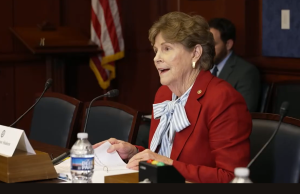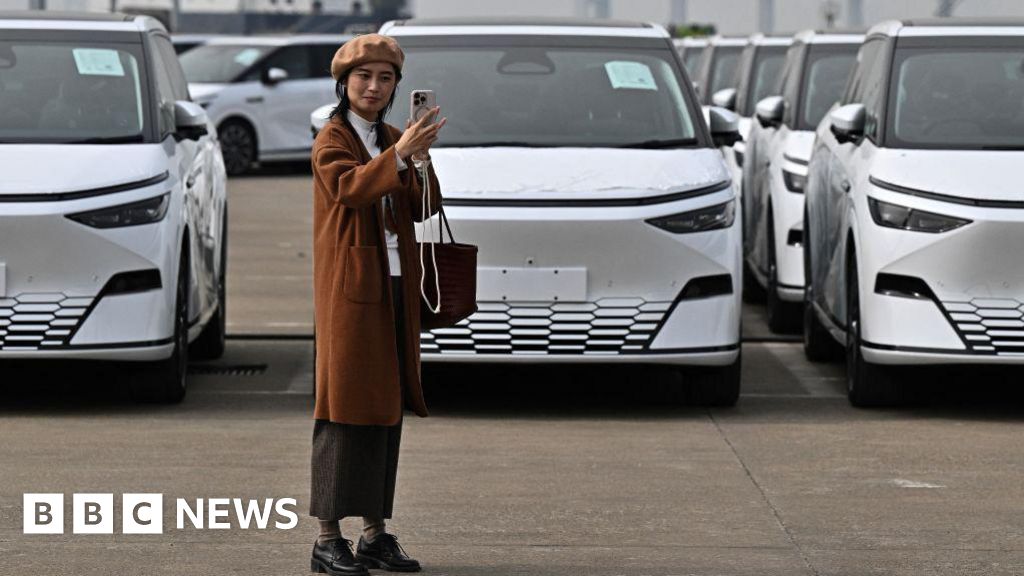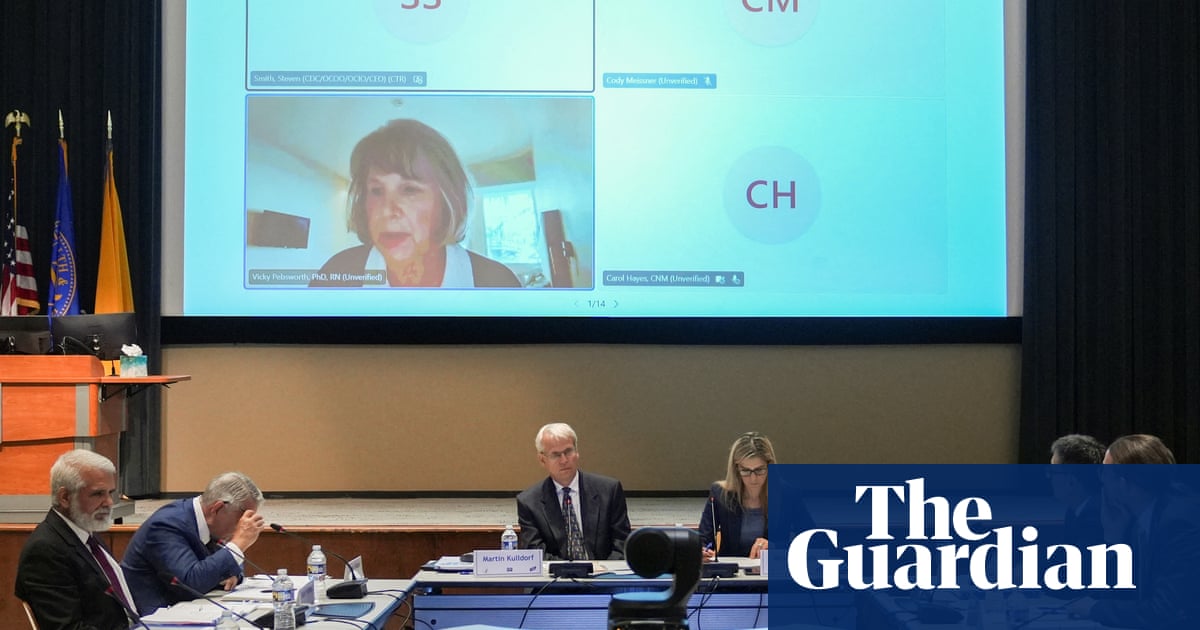Alcohol Packaging Market to Hit USD 105.78 Billion by 2032

The global alcohol packaging market is set to expand significantly, with projections indicating an increase from USD 72.96 billion in 2024 to approximately USD 105.78 billion by 2032. This growth reflects a compound annual growth rate (CAGR) of 4.70% during the forecast period, driven by rising consumer demand for premium and sustainable packaging solutions, according to a report by Market Research Intellect released on July 24, 2025.
As global consumption of alcoholic beverages rises, the market is witnessing a notable shift towards eco-friendly packaging options. Consumers are increasingly favoring biodegradable and recyclable materials, prompting manufacturers to innovate in their packaging strategies. This demand for sustainability is evident in the growing use of glass bottles, recycled aluminum cans, and plant-based bioplastics, which are becoming popular for their lower carbon footprint.
Emphasis on Sustainable Innovations
The trend towards sustainable packaging is reshaping the alcohol packaging landscape. Regulatory bodies and environmentally conscious consumers are advocating for packaging alternatives that minimize environmental impact. Brands that embrace these sustainable practices are not only meeting consumer expectations but also ensuring compliance with evolving regulations. The adoption of lightweight packaging helps reduce transportation emissions, with many companies investing in solutions that utilize water-based inks and natural adhesives.
In tandem with sustainability, the market is experiencing a rise in premiumization. As disposable incomes increase, consumers are gravitating towards high-end spirits, wines, and craft beverages. This shift is driving demand for sophisticated packaging solutions that enhance brand recognition and influence purchasing decisions. Features such as embossed labels, foil stamping, and unique designs are becoming commonplace as brands strive to create luxurious experiences that resonate with consumers.
Impact of E-commerce and Digital Retailing
The growth of e-commerce is further propelling changes in the alcohol packaging market. Online retailing requires packaging that provides robust protection during transit while also serving as an effective marketing tool. Innovations such as tamper-evident seals and minimalist designs are crucial for online success. Additionally, smart packaging technologies, including QR codes that allow consumers to access information about the product and its origins, are gaining traction.
As subscription-based alcohol delivery services become more popular, the demand for innovative packaging solutions tailored for safe shipping is on the rise. Companies are investing in durable, lightweight materials that balance protection and sustainability, ensuring that products arrive intact and maintain their premium appeal.
The market is also witnessing the emergence of smart packaging solutions that enhance consumer interaction. Features such as temperature-sensitive labels and blockchain authentication are being integrated into packaging, allowing brands to provide a higher level of consumer engagement and product traceability. These innovations not only enhance the user experience but also address issues related to counterfeiting, particularly in the premium segment.
Regulatory Challenges and Market Dynamics
The alcohol packaging market faces challenges related to stringent regulations, which vary significantly by region. Governments are implementing stricter guidelines on labeling, sustainability, and responsible drinking. Adhering to these regulations while maintaining brand aesthetics poses a significant challenge for manufacturers. Companies proactively integrating regulatory compliance into their packaging strategies are likely to gain a competitive advantage in navigating global markets.
Emerging economies in the Asia-Pacific region, Latin America, and Africa present substantial growth opportunities for the alcohol packaging market. Rapid urbanization and increasing disposable incomes are driving alcohol consumption in these regions. Countries such as India and China are expanding retail networks and e-commerce penetration, further accelerating the demand for innovative packaging solutions.
As the market continues to evolve, key players such as Amcor plc, Crown Holdings, Inc., and Owens-Illinois, Inc. are at the forefront of driving innovation through sustainable packaging solutions and advanced printing technologies. Strategic partnerships and investments in eco-friendly packaging are enhancing consumer engagement and regulatory compliance.
The future of alcohol packaging lies in balancing cost efficiency with environmental responsibility and consumer-driven aesthetics. As brands navigate sustainability regulations and supply chain challenges, technological advancements and innovative packaging designs will be essential for success in the rapidly changing landscape of the alcohol industry.






